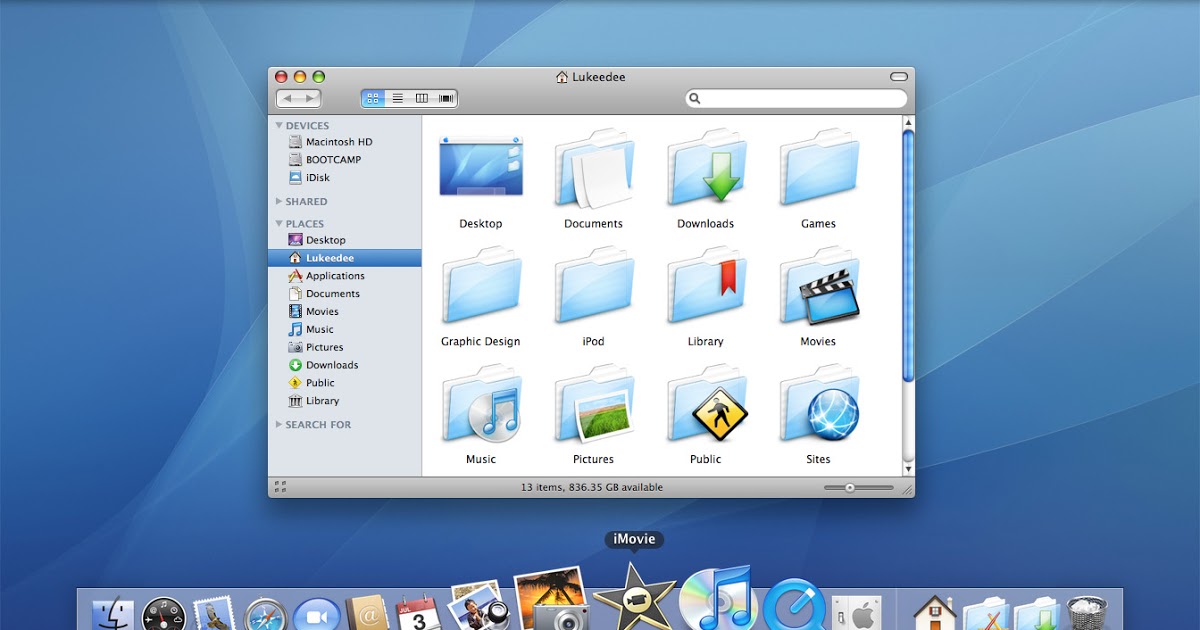

Apple has upped the ante with a couple new privacy and security features designed to improve your browsing experience, but the overall look and feel hasn’t changed.
#MAC OS HIGH SIERRA REVIEW GIZMODOD MAC#
For most end-users, the biggest takeaways are pretty straightforward – with APFS your Mac will be faster, more secure, and ready to handle nine quintillion pictures of your cats. Spotlight searches are a bit quicker than before, but that will vary based on what you’re searching for and how large your hard drive is. APFS does a lot of cool stuff with your data, from modernizing file indexes, to lowering overall latency. That’s a lot of behind the scenes engineering, and it’s just the tip of the iceberg. Additionally, APFS now supports native single and multi-key encryption, which means you’ll be able to encrypt or decrypt individual files and folders without locking or unlocking your entire hard drive through FileVault. Because of that, APFS is capable of managing up to nine quintillion files on a single volume. That’s a lot, but given the ever-increasing size of the hard drives we have available to us, it’s an uncomfortable ceiling.ĪPFS remedies that by using 64-bit inodes, or file IDs, instead of 32-bit file IDs like HFS+. As the storage experts at Backblaze report, HFS+ is only capable of keeping track of about four billion individual files. Still, the changes introduced by APFS are a big deal, even if they’re not exactly going to revolutionize the way you use your Mac.ĪPFS is designed with SSDs in mind, so it’s able to handle a larger number of individual files. None of these are issues that most users would ever notice. The new file system, aptly named the Apple File System (APFS), aims to get MacOS ready for the future by addressing several the issues plaguing HFS and HFS+. Over the years Apple iterated on its original file system with HFS+, which is what was in use right up until MacOS High Sierra. Since time immemorial, Macs have used the hierarchical file system (HFS). The big new feature in High Sierra comes in the way your Mac stores and retrieves data. Let’s descend into the weird and arcane world of file systems. You really have to dig for the new High Sierra features - deep, in the darkest corners of your Mac, High Sierra begins its work, disassembling and re-assembling your files in its own image, optimizing and toiling away in obscurity.

In fact, after using the High Sierra developer and beta builds over the summer, the only major difference we noticed in day-to-day use was the fancy new wallpaper. We’d never notice they exist if Apple didn’t point them out. These tweaks are fine, but they’re minor. And the Photos app synchronizes categories between devices, in addition to the photos themselves.

Safari has been tweaked to improve performance. The big changes are behind the scenes, and the biggest change comes to the file system itself.


 0 kommentar(er)
0 kommentar(er)
